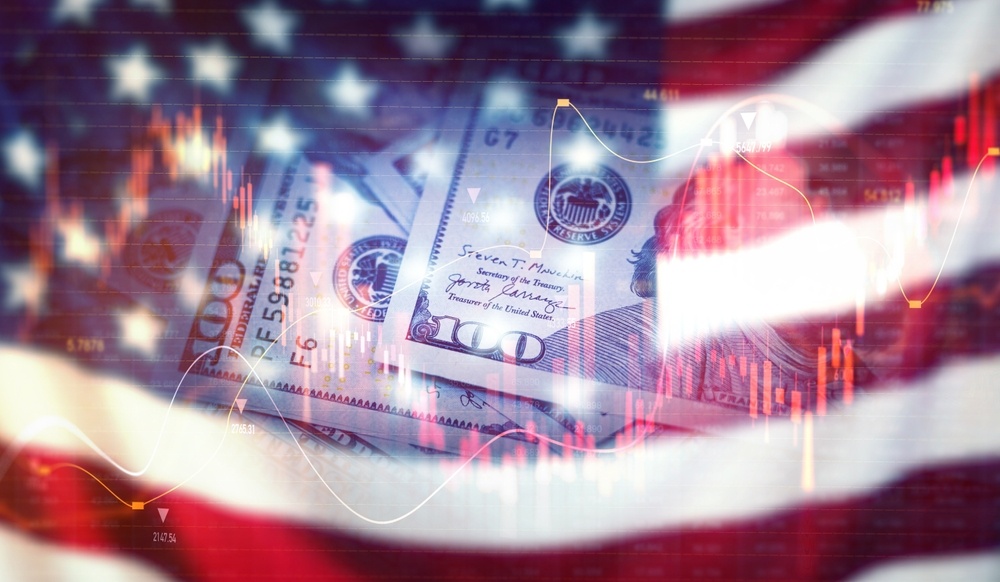U.S. Economy Shows Soft Landing Signal, Reinforcing September Rate Cut Expectations
As inflationary pressures slow down, the market expects the Fed to increase the likelihood of a rate cut in September.

A soft landing refers to a smooth deceleration of the economy from a state of high growth or high demand under the influence of external factors such as policy tightening to avoid a severe recession; a hard landing refers to the economy moving from a state of high growth or high demand to a state of recession or low growth, usually accompanied by negative impacts such as rising unemployment, business closures and declining consumer confidence.
The U.S. Department of Commerce data show that June personal consumption expenditures (PCE) price index rose 2.5%, a five-month low. The core PCE price index rose 2.6% annually, slightly higher than market expectations of 2.5%, indicating that inflationary pressures have eased. The super-core PCE price index increased by 3.43 per cent annually, slightly higher than the 3.39 per cent increase in May, but the rate of growth remained within manageable limits.
Inflation-adjusted spending on services and goods both rose 0.2% in June, suggesting that consumer spending remains healthy but at a slower pace. payrolls grew at a modest 0.3% in June, suggesting that the cooling job market is beginning to weigh on consumer purchasing power.
U.S. GDP grew at an annualised rate of 2.8% in the second quarter, well ahead of expectations of 2.0%, indicating strong economic growth momentum. Consumer spending rose 2.3% annually, significantly higher than the 1.5% in the first quarter. Business investment increased by 5.2 per cent annually, with inventories contributing 0.82 percentage points to GDP growth.
The savings rate fell to 3.4 per cent in June, the lowest since December 2022, suggesting weaker incentives for consumers to spend in the coming months. Meanwhile, credit card defaults rose, signalling increased pressure on consumer finances.
As inflationary pressures slow, the market expects an increased likelihood of a Fed rate cut in September. High Frequency Economics chief U.S. economist Faruqi said the PCE report showed that inflation and job market conditions have improved, providing a basis for a rate cut in September.
Disclaimer: The views in this article are from the original Creator and do not represent the views or position of Hawk Insight. The content of the article is for reference, communication and learning only, and does not constitute investment advice. If it involves copyright issues, please contact us for deletion.